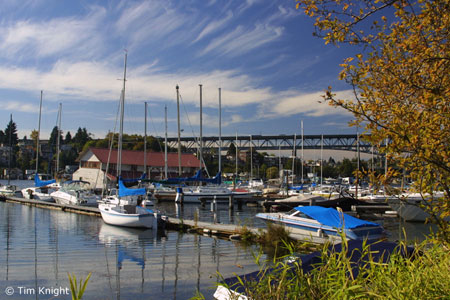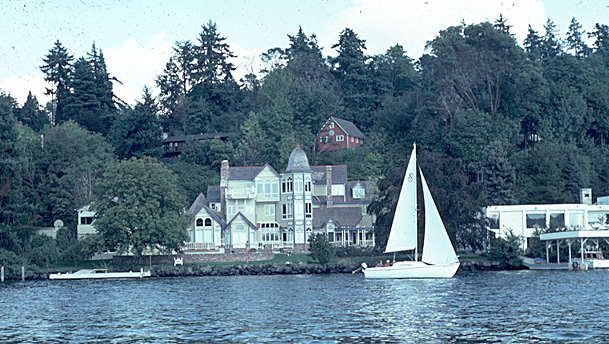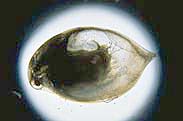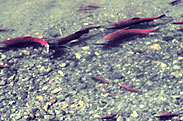
Home |
About Us |
How to Participate |
Biodiversity Modules |
Projects |
Maps |
News |
Resources

Home |
About Us |
How to Participate |
Biodiversity Modules |
Projects |
Maps |
News |
Resources
|
Definition of "Open Water" - General Code 400: Large open water space. Excludes wetlands. |
Open Water: Lake surrounded by development (419)
 | Descriptive Habitat Code: Open water (4), freshwater lake surrounded by development (19).
Photo of boats docked near the University of Washington in Seattle. |
 American wigeon Anas americana Code: ANAAM Photo: RA | Distribution and
Habitat: It is distributed across North America from Alaska southward to Costa Rica Diet: Interesting fact: |
 Boats and Houses Photo: KMD |
Distribution and Habitat: People are attracted to water and many lakes and rivers are lined with homes. Lake Union is Seattle, has houseboats and yatchts lining the edge of the water. Interesting fact: |
 California gull Larus californius Code: LACAL Photo: RA |
Distribution and Habitat: It is found throughout parts of the western North Pacific Ocean. It breeds on gravel beds along the Columbia River and large lakes in the Columbia Basin. Diet: Interesting fact: |
 Canada Goose Branta canadensis Code: BRCA Photo: Natures Pics |
Distribution and Habitat: The most familiar and widespread goose in North America, the Canada Goose can be found in all kinds of water all across the continent, from the tundra to the Gulf Coast. Their habitat preference includes ponds, lakes, rivers, grainfields, fresh and saltwater marshes. Diet: Interesting fact: |
 Daphnia Dapnia sp. (family Daphniidae, Order Cladocera) Photo: KMD |
Distribution and
Habitat: It is found distributed across North America in lakes, ponds, reservoirs and slow moving rivers. Diet: Interesting fact: |
 Eurasian watermilfoil Myriophyllum spicatum Photo: KH |
Distribution and Habitat: This introduced species is discussed in length in the species section of this module. Stagnant water created by milfoil provides good habitat and breeding grounds for mosquitoes. Dense milfoil mats degrade water quality by raising pH, decreasing oxygen under the mats and increasing temperature. Interesting fact: |
 Green heron Butorides striatus Code: BUST Photo: RA | Distribution and
Habitat: The green heron is found in secluded wetlands, wooded sloughs, and along slow-moving water in ditches. Diet: Interesting fact: |
 Kokanee Oncorhynchus nerka Photo: CF |
Distribution and Habitat: Kokanee are "land-locked". This means they live in lakes and never travel to the ocean. They are open water fish, which means they do not come close to shore to feed. Diet: Interesting fact: |
 Mallard Anas platyrhynchos Code: ANPL |
Distribution and Habitat: It is found in wetlands, lakes, ponds, rivers, estuaries and coastal marine areas. Diet: Interesting fact: |
Home |
About Us |
How to Participate |
Biodiversity Modules |
Projects |
Maps |
News |
Resources